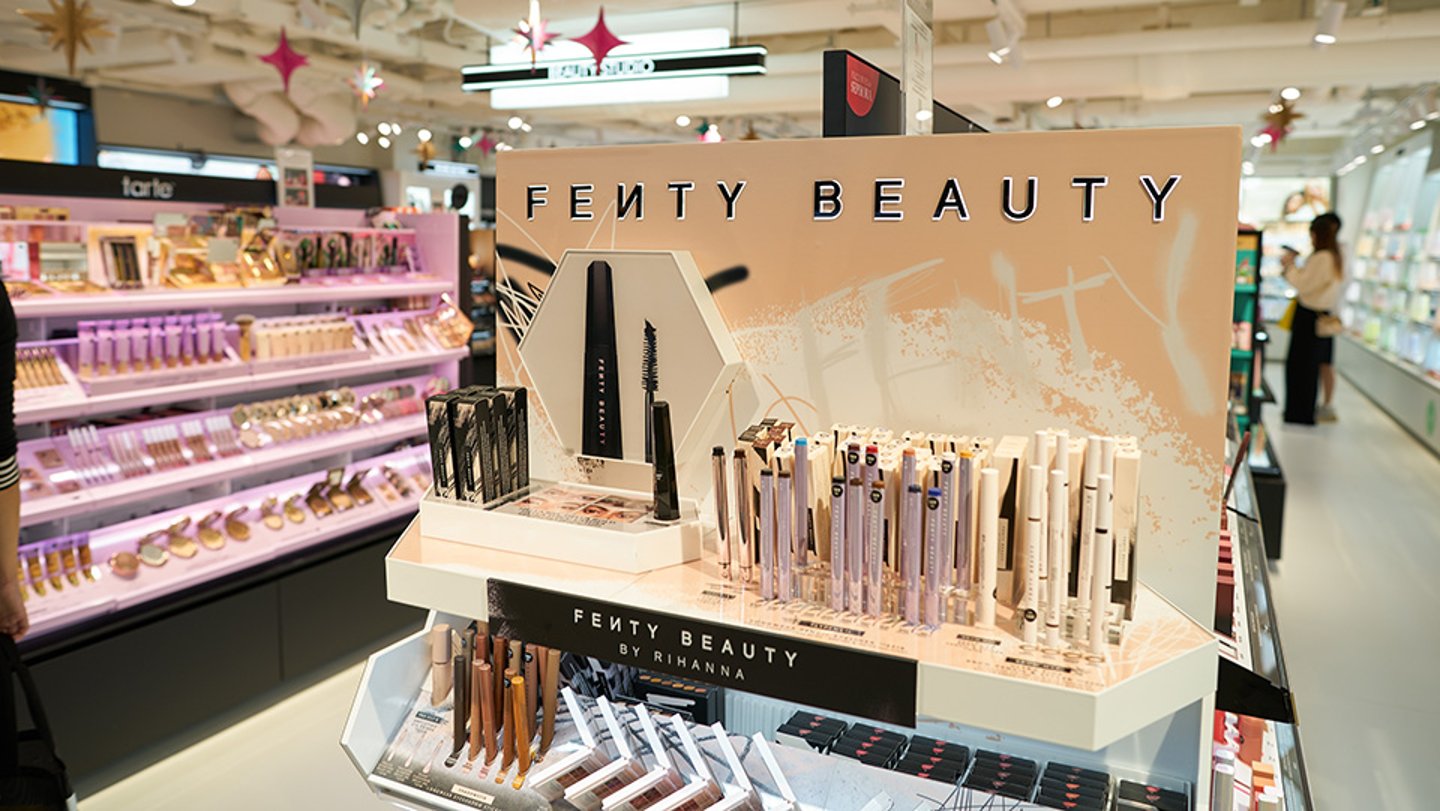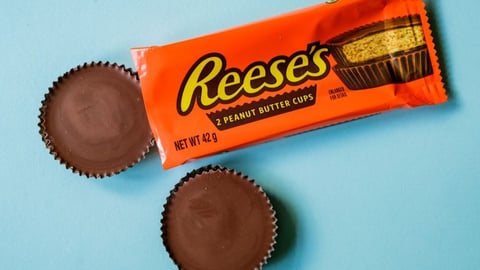5 Things CPGs Should Know About the Lucrative Gen Z Consumer
Serving as the world’s largest generation, Gen Z-ers are just about ready to take their rightful place on the purchase power throne.
In fact, Gen Z-ers, which are generally defined as those born between 1997 and 2012, are on track to overtake baby boomers in U.S. consumption by 2034, according to NielsenIQ.
The data firm's recently released “Spend Z” report, produced with GfK and World Data Lab, breaks down some of the biggest challenges and opportunities surrounding the incredibly influential and lucrative demographic. Here are a few things CPG should know about meeting their needs and capturing share:
1. They’re worried about the economy (and most everything else)
Though this generation is unprecedentedly wealthy, and is expected by NielsenIQ to become richer than preceding generations, this hasn’t yet translated into spending. Their 2024 spending accounts for 14.7% of spend in North America and 17.1% of total global spend. As more come of age and enter the workforce, this will, of course, shift in their favor.
In general, Gen Z-ers hold a pessimistic view of the economy, and four of the top five concerns in 2023 were economic, according to GfK research. Unsurprisingly, affordability is what Gen Z-ers say matters most to them, even though price may not tell the full “value” story.
2. Their “Say-Do” gap is ripe for bridging
While more than three-quarters (77%) of Gen Z-ers say they won’t buy from countries with poor environmental standards, NielsenIQ points out that their propensity for fast fashion and popular electronics demonstrates otherwise.
However, rather than dismissing this as a hypocritical contradiction, brands are wise to showcase how their goods deliver value through product attribute “stacking.” Since the perception of “value” is relative and varied, using multiple attributes surrounding hygiene, safety, and health-related claims can raise the perception of product merit.
For example, products with two or more sustainability attributes recorded a 2.5 times higher sales lift than those with just one sustainability claim, said NielsenIQ.
“What is perhaps even more compelling for organizations looking to gain incrementality with Gen Z-ers is that the least commonly reported priorities — relative to product attribute claims (e.g., ‘carbon zero’) — saw the fastest growth when ‘stacked’ with at least one additional claim,” according to the report.
3. They’ll pay more for sustainable products (really)
Although there’s ongoing disagreement as to whether consumers of any age pay more for eco-friendly or ethically made products — whether they demand them or not — NielsenIQ puts a number to the argument: Gen Z-ers are willing to pay 10% more on sustainable products, per the firm.
4. They may start with social, but they end in stores
Although most Gen Z-ers start their shopping journeys online — and they highly prioritize online reviews from other shoppers — their in-store mass merchandise dollar share is higher than other generations, according to NielsenIQ.
Couple this with the fact that more than half of them reported using “buy” buttons on social media, they’re hailed as the “purest ‘omni’ shopping generation to date.”
5. Beauty rules TikTok, but "clean" is a bigger opportunity
A whopping 81% of TikTok dollar sales are expected to come from health and beauty, said NielsenIQ, making it the most popular category for Gen Z on social media. As with food, Gen Z-ers want “clean,” cruelty-free products with natural fragrances, mirroring their preferences for low-sugar, high-protein, artificial ingredient-free food choices.
To expand their reach, CPGs are advised to invest in wellness-related product attributes that may be resonating outside of their product categories to help inform new innovation.





